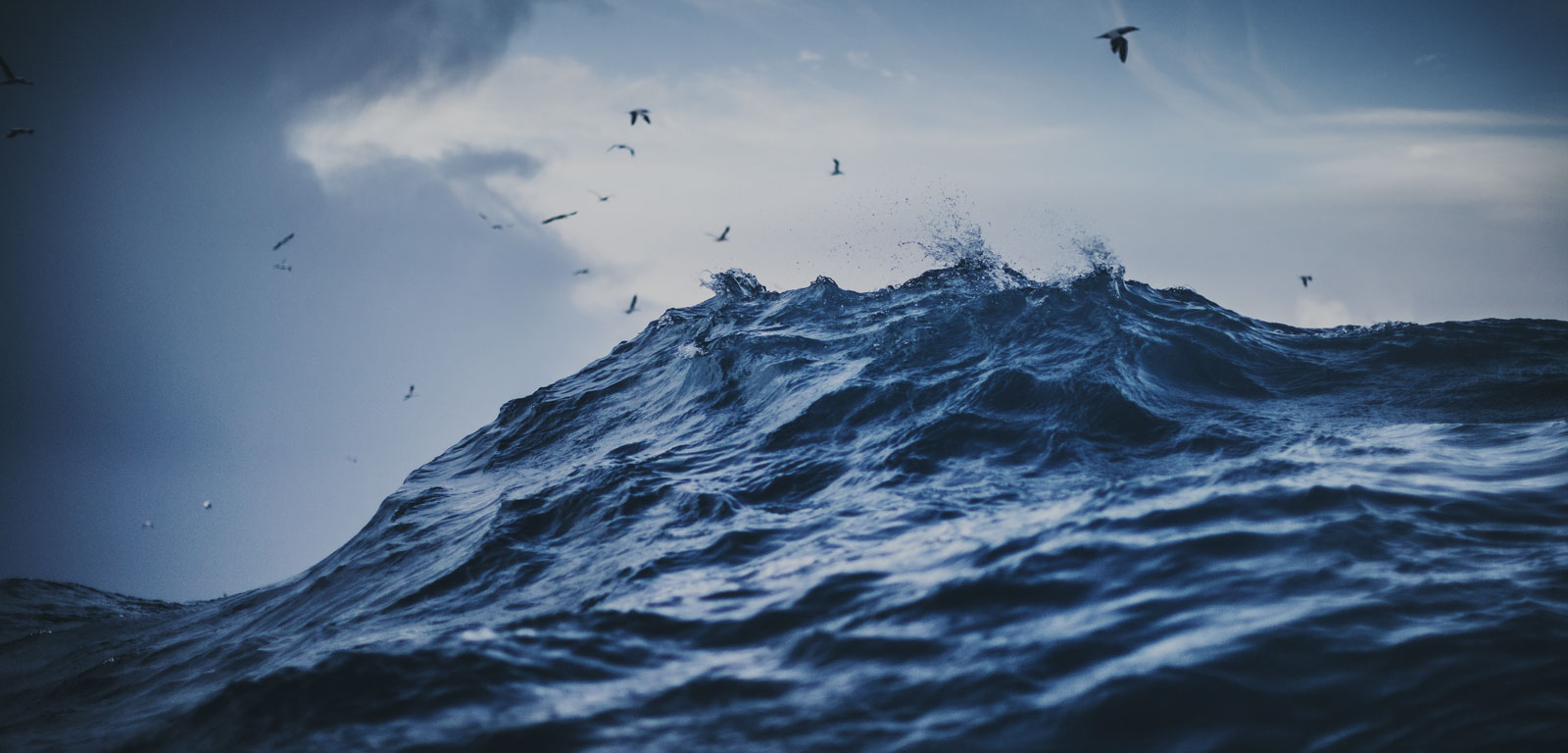Subject
Large-Scale Ocean Processes
General details of the subject
- Mode
- Face-to-face degree course
- Language
- English
Description and contextualization of the subject
Introduction to the physical processes both deep ocean and ocean margins. Processes which give rise to ocean circulation. Global processes (tides, wind, buoyancy forcing) and their influence on deep ocean and ocean margins.Competencies
| Name | Weight |
|---|---|
| Understand the dynamical approach to physical oceanography. | 25.0 % |
| Understand the mathematical formalism of dynamical ocean models. | 15.0 % |
| Iinterpret the mathematical results from dynamical ocean models. | 15.0 % |
| Quantify these results for the ocean circulation. | 15.0 % |
| Have an appreciation of the physical interactions between the deep ocean, the atmosphere and the shelf seas and their relation to global processes. | 30.0 % |
Study types
| Type | Face-to-face hours | Non face-to-face hours | Total hours |
|---|---|---|---|
| Lecture-based | 45 | 72.5 | 117.5 |
| Applied classroom-based groups | 15 | 15 | 30 |
| Applied computer-based groups | 10 | 10 | 20 |
| Industrial workshop | 5 | 15 | 20 |
Training activities
| Name | Hours | Percentage of classroom teaching |
|---|---|---|
| Case analysis | 20.0 | 50 % |
| Expositive classes | 117.5 | 38 % |
| Networking | 20.0 | 50 % |
| Tutorials | 30.0 | 33 % |
Assessment systems
| Name | Minimum weighting | Maximum weighting |
|---|---|---|
| Practical tasks | 25.0 % | 25.0 % |
| Written examination | 75.0 % | 75.0 % |
Learning outcomes of the subject
At the end of the Unit, the student should be able to:1. Develop numerical and mathematical skills.
2. Have a working knowledge of mathematical models and techniques.
3. Application of mathematical methods to ocean circulation.
4. Use of MATLAB, to analyse and interpret ocean data.
Temary
SOES6005Aims
- To provide an introduction to the dynamics of the deep ocean and ocean margins.
- To explore and quantify the processes which give rise to ocean circulation.
- To explore and quantify the links between ocean circulation and climate.
Key Skills Acquired
- Develop numerical and mathematical skills.
- Have a working knowledge of mathematical models and techniques.
- Application of mathematical methods to ocean circulation.
- Use of MATLAB to analyse and interpret ocean data.
Syllabus
The module will explore the processes which give rise to ocean circulation and how recent observations (e.g. World Ocean Circulation Experiment) are providing new insights into how the system works.
The module will include global processes (tides, wind, buoyancy forcing) and how these processes have markedly different influences on the deep ocean and on ocean margins. For example, the deep ocean is mainly governed by geostrophic flow, whilst the shelf seas are influenced strongly by frictional processes. The global ocean circulation: its causes, its measurement and its role in the climate system will be explored.
Teaching and learning methods
Formal Lectures: will provide the underlying theory of large scale ocean processes (tides, hydrographic data, ocean circulation and processes, boundary layers and processes.)
MATLAB sessions: will provide an introduction to MATLAB for analysing and interpreting ocean data.
Practical sessions: will exemplify the theory and allow you to develop your mathematical, analytical and data analysis skills.
Tutorial Support: will be available within scheduled practical classes.
A wide range of support can be provided for those students who have further or specific learning and teaching needs.
Resources and reading list
The lecture material is summarised at blackboard.soton.ac.uk. Instructions for accessing this material will be given during the course.
It was not possible to load the content, please try again later. In case the problem persists contact CAU (Phone: 916014400 / E-mail: cau@ehu.eus / Website: https://lagun.ehu.eus).


